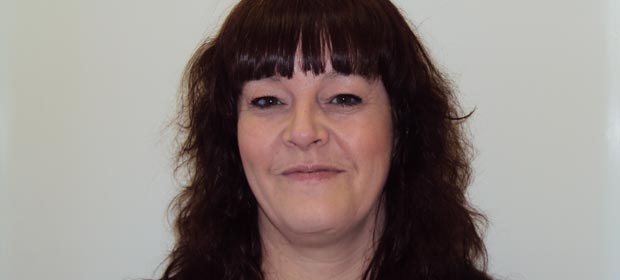Carole Broadbank writes about the lean journey which has been started in South Tipperary General Hospital.
I think it was Einstein that said “problems cannot be solved by the same level of thinking that created them”. This is reasonably obvious but something that we tend not to reflect upon in our day to day work where very often we are too busy “fire fighting”.

We are trying to maintain service provision for our patients with less and less resources. What we have is staff who cannot work any harder than they are, who are working in ‘broken’ systems and processes which we urgently need to fix.
I am no different from any of my colleagues across the country; I am struggling with deficits, the impact of the exit schemes and changing structures – we are managing services in a very difficult and uncertain environment.
I feel we can create positive opportunities for change with the introduction of Lean thinking into our local and national improvement strategies.
Lean is very simply a continuous improvement philosophy that utilises a serious of tools to fix broken processes, remove ‘waste’ and add value. There are five key areas on which we must concentrate.
- Identify value from the patient’s perspective – value can be defined as any activity which improves the patient’s health, well being and experience. Anything else can be defined as waste, e.g. sitting on a waiting list.
- Map the patient’s journey from a value perspective – this requires a multidisciplinary approach and should be done with those who directly influence the patient’s journey – they know best how to make the improvement needed.
- Utilise the tools and techniques available to make the patient’s journey flow, adding value by minimising delays and removing waste.
- Learning to respond to demand by ‘pulling’ patients through the journey.
- The pursuit of perfection – continually learn and amend, aiming to develop consistent and reliable processes.
For many of us, continuous improvement has already begun with the National Quality and Clinical Care programmes. Standardised approaches to all aspects of patient care are being introduced based on international best practice and quality standards. These programmes are starting to role out across the HSE and I am happy to say many of the programme managers have background knowledge in Lean or Six Sigma.
Our Lean journey here at South Tipperary General Hospital (STGH) is relatively young – we are just starting out. We have visited other organisations, such as the Hospitals in Bolton NHS Trust which are further along than us and we have seen what is possible over time. What is essential is having the support of senior managers to enable this kind of innovation at a local level.
I want to be able to create and lead teams who think differently, who problem solve for themselves, and who feel motivated to deliver the best possible care every day for their patients
We have a small team of staff who have trained as Lean black belts and each of us has started with projects that can make a real difference to direct patient care by reducing waste and increasing capacity. These projects include standardising booking templates in outpatients to ensure a reduced waiting time for patients and improve patient experience, and using 5S and visual management tools to set up a Kan Ban system in our ward store rooms which has resulted in reducing held inventory as well as reducing the time taken by nurses to look for stock items, redirecting this time to direct patient care.
With these under our belts we are now concentrating on mirroring the national programmes at a local level. I have assigned a Lean Black Belt/improvement lead to a project on improving flows in ED and extending the use of our Acute Medical Assessment and another to a project which is creating further capacity in theatres by improving scheduling. These individuals are also doing their own day jobs but I have asked that their line managers release them for part of their working week to concentrate on these Lean projects
My ultimate aim as a hospital manager is to follow in the footsteps of Bolton and the Bolton Improving Care System (BICS) team and have our own team of Improvement leads who will introduce Lean as a Continuous improvement strategy to STGH.
From my own perspective I feel what is required is a local approach to shifting culture and ‘head spaces’ within the HSE at a regional level.
From a local perspective:
- I want the patients who use this service to have safe, error free care.
- I want to be able to create and lead teams who think differently, who problem solve for themselves, and who feel motivated to deliver the best possible care every day for their patients.
- I want to be able to set and deliver on clear long term goals, whilst also dealing with the day to day management of the organisation.
- I want to be able to ensure that my teams feel pride in their work, feel satisfied that they have achieved the best possible care for their patients with every interaction they have.
- I want to show our customers, our patients, that they can get value for money from their health services.
I believe that applying Lean process improvement tools and techniques to our Healthcare systems can achieve on all of the above.
Carole Broadbank is Acting General Manager, South Tipperary General Hospital, Clonmel, County Tipperary.

